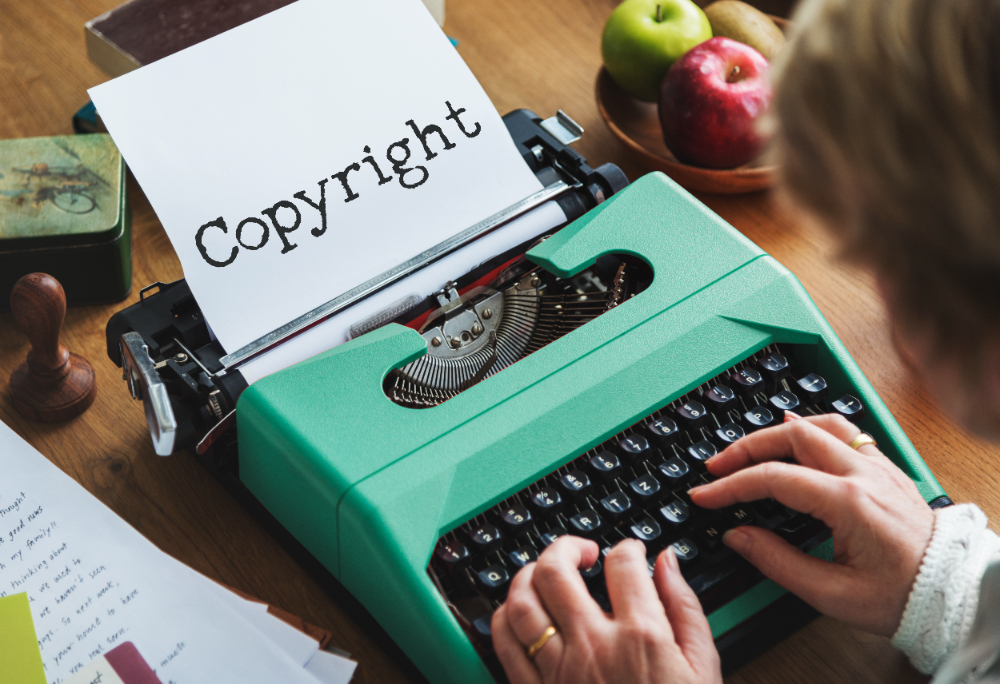In the evolving landscape of eLearning, understanding copyright and fair use is crucial for educators and content creators. When building engaging online courses, one often encounters the need to incorporate existing materials. However, weaving copyrighted content into lessons without infringing on rights can be challenging. This article delves into the intricacies of fair use in eLearning, helping you navigate these waters legally and creatively.
Fair use is a legal doctrine that permits limited use of copyrighted material without requiring permission from the rights holders. It balances creators’ rights with public interest, fostering creativity and learning. Not all use of copyrighted material qualifies as fair use, and understanding these boundaries is essential. Four primary factors determine fair use: purpose and character, nature of the work, amount used, and effect on the market value. By evaluating these factors, educators can make informed decisions on using copyrighted content in their courses.
The purpose and character of your use can influence whether it falls under fair use. Non-commercial educational purposes often weigh in favor of fair use, enabling teachers to use copyrighted works for critique, commentary, or teaching. However, the transformative nature is crucial; the use should add new expression, meaning, or value to the original work. Transformative works are less likely to compete with the original, reducing the concern of impacting market value. Thus, ensuring your educational use serves a distinct purpose is vital to staying within fair use boundaries.
Another significant consideration is the nature of the copyrighted work. Using factual, published content is more likely to be considered fair use than using creative, unpublished works. Educational settings favor the use of informative content, as it serves the public domain’s interest. However, caution is advised when using creative or unpublished materials, as these are more protected. Instructors should carefully select materials that align with educational goals while respecting creators’ rights.
When assessing fair use, the amount and substantiality of the portion used also matter. Using smaller, non-central parts of a work strengthens the argument for fair use. For instance, quoting brief excerpts or using a few images from a larger collection may be permissible. However, using an entire song or article could cross the line. Educators should strive for minimal use and consider if the work’s “heart” is being used, as this could impact fair use favorability.
Finally, the effect of the use on the work’s market value is a pivotal factor. If the use could substitute for the original or harm its market potential, it’s less likely to be considered fair use. Educators should evaluate whether their usage might deter individuals from purchasing the original. For example, if sharing too much of an eBook diminishes sales, it likely falls outside fair use. Balancing educational needs with potential market impact helps in making fair use determinations.
To mitigate copyright issues, consider employing Creative Commons-licensed materials or public domain resources. These alternatives offer greater flexibility and legal clarity. Educators and content developers should remain informed about the latest copyright laws and seek advice when uncertain. Implementing these practices ensures compliance and fosters an ethical educational environment. By embracing fair use thoughtfully, educators can enrich learning experiences while respecting copyright laws, ultimately contributing to a vibrant, lawful eLearning culture.
